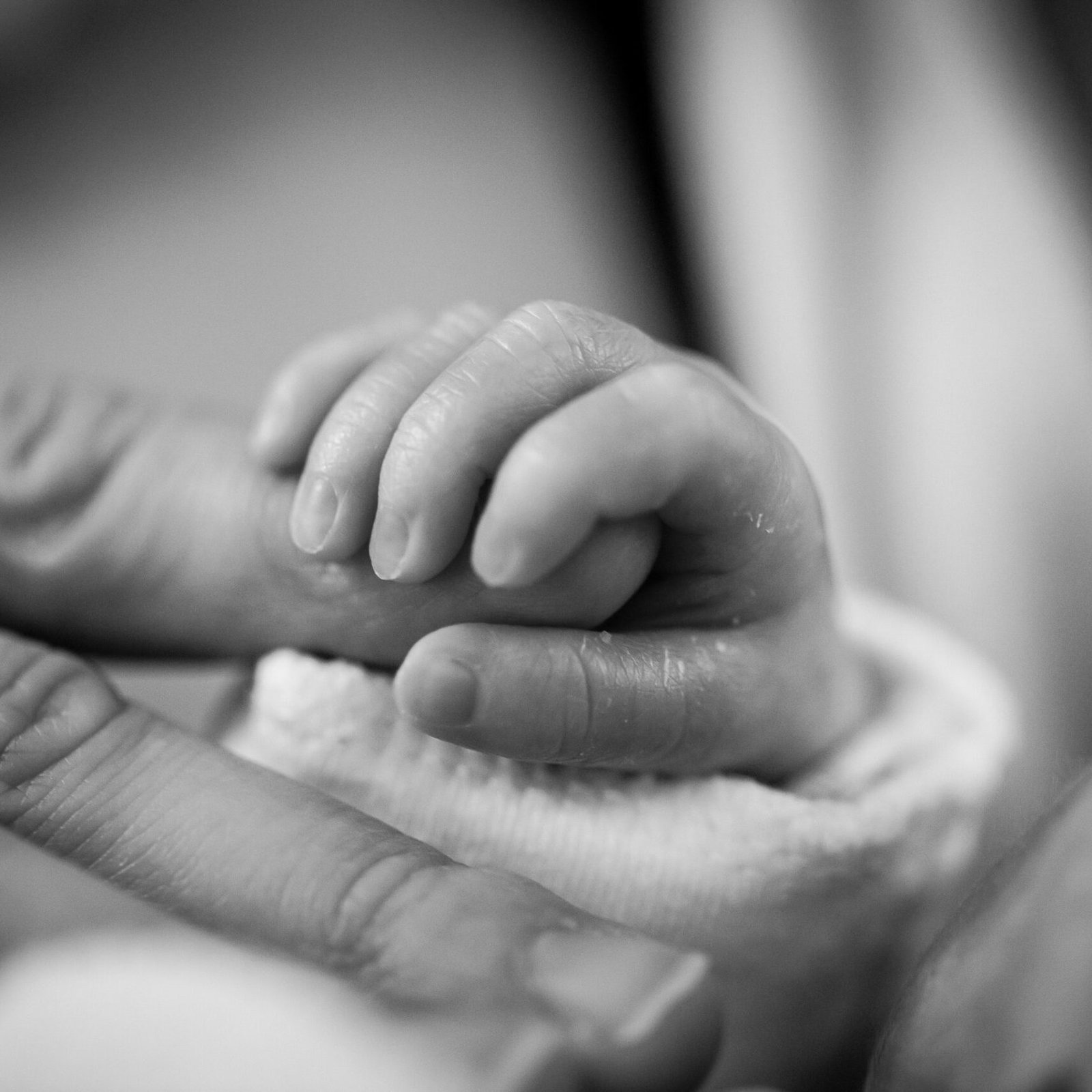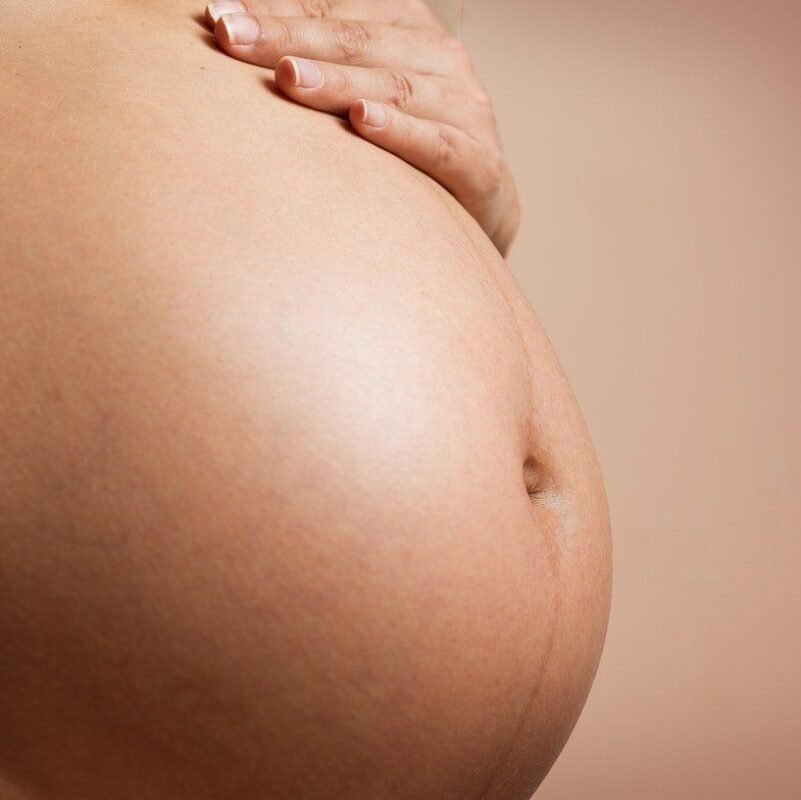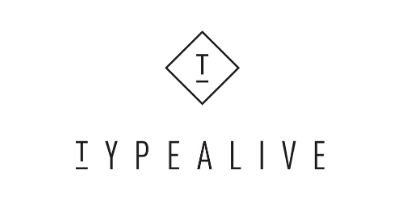Why choose to have a home birth? – Project Parenting

Why choose to give birth at home?
Healthy women who wish to give birth at home often face accusations that they are acting recklessly, putting their lives and their child at risk. However, there is no scientific basis for this. On the contrary, scientific data shows that the perinatal outcomes of planned home births are at least as good as those in maternity hospitals. In fact, women often experience greater emotional satisfaction in this choice of theirs (1).
It's time to shed light on such a special option as home birth.
Science and technology are not the same
The most scientific approach to childbirth is often the one with the least technology. Read that again.
According to the most reliable scientific research in the world, it is recommended for a healthy woman going through a normal pregnancy (i.e. 85-90% of women (2)) not to undergo vaginal examinations during pregnancy, not to induce labor and not to have more than ten prenatal appointments, as the likelihood of interventions, induction of labor and cesarean section increases, without improving perinatal outcomes (3). During labor, it is recommended that the woman move freely, that the fetal heartbeat is not continuously auscultated, that an episiotomy is not performed and that planned cesarean section section (4) (5) (6) (7).
Is it safe for a woman to give birth at home?
Childbirth is favored if the woman gives birth in an upright position with the support of midwives and a maternity assistant. prenatal Midwifery care reduces the rate of preterm birth by 241% (8)! The presence of a maternity assistant in addition to the midwife and partner affects perinatal outcomes so dramatically that it is said that if maternity assistants were a pharmaceutical preparation, it would be unethical not to administer them to women (9).
Science therefore encourages non-intervention in low-risk pregnancies, as intervention increases perinatal morbidity and makes a birth less scientific. Although there is a wealth of scientifically documented recommendations, they seem not to have been fully established in Greek maternity hospitals (10).
Photo source: @Eila Lifflander
What is the most evidence-based approach to home birth?
The most “traditional” approach to childbirth is therefore also the most scientifically documented. It is the approach with patience, respect for the natural progression of labor, with encouragement of freedom of movement and with intermittent listening to the heartbeat by the midwife. She practices the art of conscious, focused alertness or otherwise “the art of doing nothing, well (11)” during labor. care towards the parturient following the obstetric model of care (12).
Common goal: Healthy mother – Healthy child
It matters how a child is born, but it matters just as much how a mother is born. The concept of safety during childbirth includes physical, psychological, emotional, social and spiritual safety of all participants.
Results of studies examining planned home births show that perinatal and neonatal mortality are equally low whether the birth is planned at home or in a hospital (13). A large study in the Lancet reviewed more than 500,000 planned home births. There were no maternal deaths (14). Women had lower rates of cesarean section, invasive delivery, use of epidural, episiotomy or severe perineal trauma, less use of synthetic oxytocin and lower rates of maternal infection. Evidence suggests that women who plan to give birth at home have lower rates of postpartum haemorrhage than if they gave birth in a hospital (14). For the newborn, there appear to be lower rates of admission to an intensive care unit (15). Also, breastfeeding rates are significantly higher in infants born at home (16) (17).
Therefore, home birth should be recommended as a safe option for the majority of women experiencing a normal pregnancy (1).
This is because home birth is just as (or perhaps even more (18)) safe than hospital birth, as long as the following requirements are met.
Must
- this is a healthy, "low-risk" pregnancy
- supported by well-trained midwives
- is integrated into a supportive National Health System
Why home birth?
The medical and hospital approach often perceives childbirth as potentially dangerous for mother and child. The attempt to “control” childbirth leads to a series of dangerous interventions. Of course, childbirth is an unpredictable event, where the conscious use of technology can save lives. However, this assumption becomes dangerous when we incorrectly assume that technological intervention is always necessary in order to ensure the health of the mother and the newborn (7).
Which women choose to give birth at home?
A large proportion of women who choose to give birth at home have a previous (unsatisfactory)childbirth experiencein a maternity ward (19). They are motivated by their need for security and control, which are determined by the absence of unnecessary interventions. They appear to have great confidence in the birth process and in their body's ability to give birth (19).
What happens to the woman's body?
The biochemical processes activated by endogenous oxytocin secretion (as opposed to the abuse of synthetic oxytocin in serum form) determine the mother's emotions and behavior as well as the process of labor. The experience of non-interventional labor prepares the woman ideally for motherhood (20). Continuous care by a familiar midwife during home birth favors the normal secretion of auxiliary hormones of labor. The obstetric model of care also appears to reduce the sense of pain during childbirth(20).
Vision
Ideally, a person giving birth will be able to choose freely and respectfully from a range of available and safe choices (e.g., home birth, natural birth center, or maternity hospital) without any difference in the quality of care received. (18)













